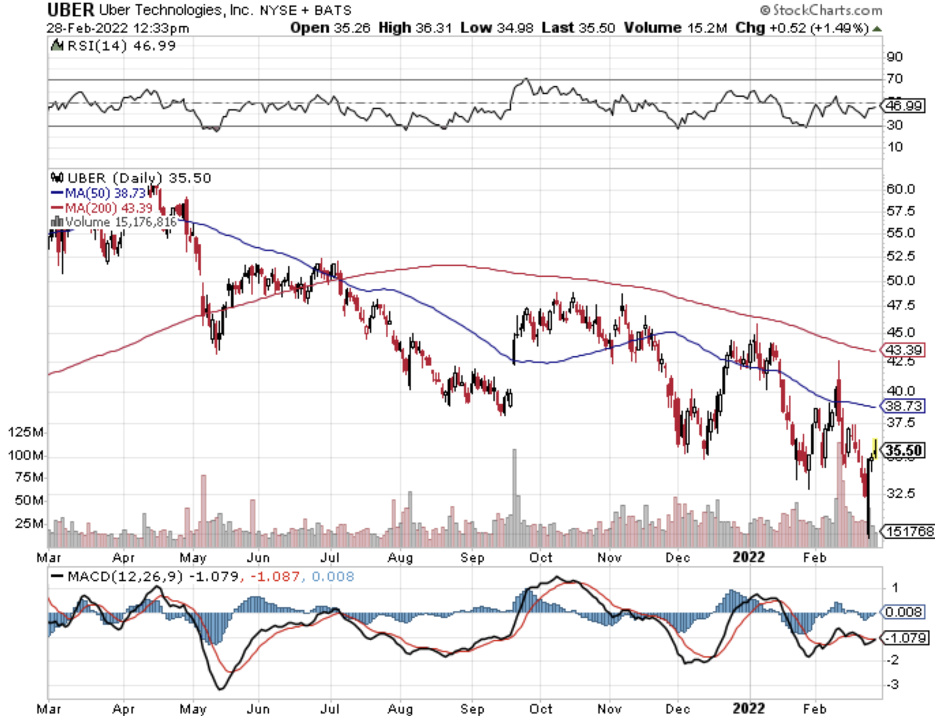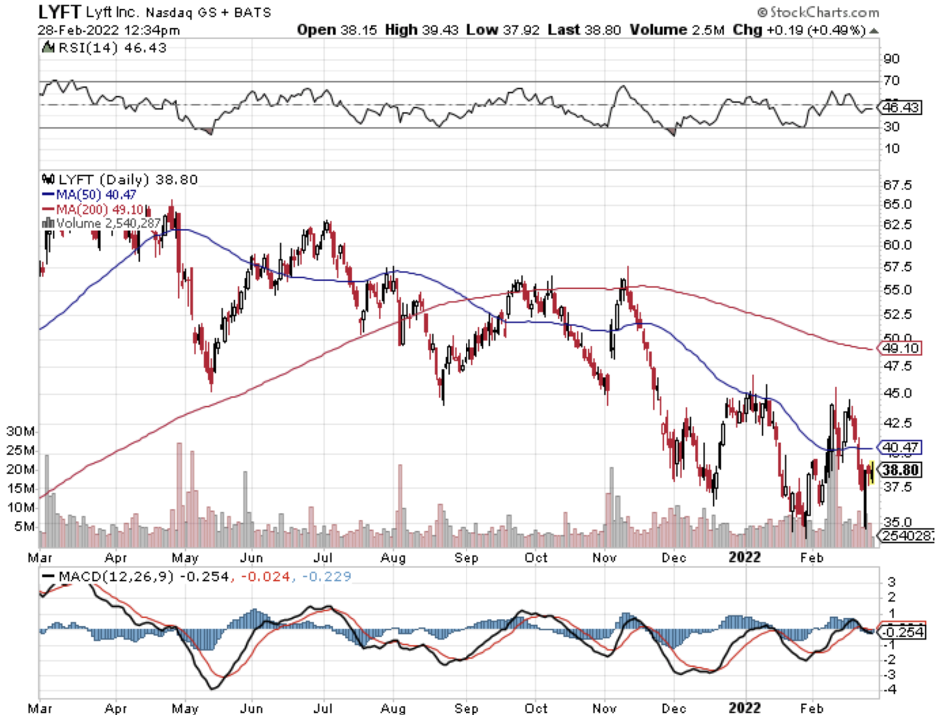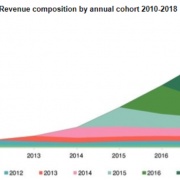The raging war in Ukraine and Russia will have repercussions for the American tech sector.
Many of these unintended consequences are lurking in the shadows and don’t fully appear until we are further down the road, but one glaring consequence we can expect imminently is higher inflation.
The higher inflation input first revolves around rising energy prices and big moves in the price of crude indicate that prices at the pump will surge throughout the duration of this Eastern European war.
Russia is one of the world's largest exporters of oil and gas. If US, European sanctions and Russia's responses drive up oil and gas prices, Russia's export revenues will rise and help pay the sanctions' costs. In contrast, rising oil and gas prices will feed US inflation.
The more the war is prolonged, the higher likelihood that oil will stay above $100 per barrel and the psychological effect of high gas prices will stay with the consumer for longer.
Even more ironic, the Russian Ruble crashing more than 30% this morning also means that Russia can reduce its energy offerings to the outside world by 25% yet still make a positive 5% nominal return on the energy exports.
Russia could pull back supply as the next chess move on the board and a barrel of oil could launch to upwards of $140 a barrel meaning that Americans could be paying $7 or $8 per gallon in California and Nevada.
People forget that Ukraine is sitting tight and defending while being supplied by Europe from the West.
This includes arms from the US brought down from Latvia, gas from Slovakia, and a smorgasbord of supplies and aid from other European countries.
Logistically, Russia needs to ship everything from mainland Russia including weapons, food, energy, and equipment.
Distances are far in Russia and this will quickly add up to an expensive war for Russia with reports showing that Russia is spending around $20 billion per day to finance this war.
Along with navigating higher energy prices at the pump, ride-sharing platform Uber (UBER) and Lyft (LYFT) are testing a new driver earnings algorithm in 24 U.S. cities that allows drivers to see pay and destinations before accepting a trip, and raises the incentives for drivers to take short rides in an effort to attract more drivers.
Labor supply has been a major problem for Uber and Lyft who can’t convince drivers to work for them.
The unit economics simply don’t make sense when inflation has meant expenses have spiked to the detriment of gig economy driver supply.
The changes, which are currently in pilot programs, mark the most wide-ranging updates to Uber's driver pay algorithm in years and come at a time when the company is still trying to win back drivers who left at the start of the pandemic.
Fortunately for Uber, even with headwinds of high energy prices and labor bottlenecks, the post-Omicron economic tailwind should keep Uber shares rangebound in the short-term with a slant towards the upside.
The setup to Uber and Lyft’s next earnings report is also ominous with projections looking hard to beat with the exogenous forces piling up.
Lyft and Uber continue to be a buy the dip and then sell the rally stock on high volatility.
Their lack of quality really suffers in tougher tech market conditions.
It’s true that the painfully delayed response not only to Russia’s offensive in Ukraine will cause higher prices, but the cost will certainly be high as the Western world could have snuffed this out years ago when Russia took over parts of Georgia or annexed Crimea.
The bill is now due, and Germany will initially pay 100 billion euros to liven up their military and this is most likely the beginning of the West finally stopping its policy of turning a blind eye to Eastern European dictators.
More expensive Uber and Lyft rides, higher driving expenses, surging fuel costs will keep the stock in check.
However, considering the stock is way oversold at this level, the tailwinds blowing at their sails means shares will grind up slowly as the Fed raises rates slower than expected.





